I want to produce a heatmap image akin to the one in this answer. The difference is that I want to do it from a 2d array of values between 0 and 1.
What I have tried:
def generate_x_y_vectors(prob_map):
multiplier = 100
xs = []
ys = []
for y in range(len(prob_map)):
for x in range(len(prob_map[y])):
count = int(prob_map[y][x] * multiplier)
xs.extend([x] * count)
ys.extend([y] * count)
return (xs, ys)
def heatmap(probabilities):
#probabilities is a 2d nxn array
n = len(probability_map)
gridsize = n + 1
(xs, ys) = generate_x_y_vectors(probability_map)
plt.figure()
plt.hexbin(xs, ys, C=None, gridsize=gridsize, mincnt=1)
plt.axis([0, n, 0, n])
The major problem with this is that I cannot tune gridsize to make a neat map - lots of white space end up making a striped effect /etc.
In either case, I'd imagine there's a much better way of doing this, without having to go through the tedious generating of points!
Ideally I'd like some mechanism to threshold whether to plot a hexagon or not (as I have done above).
My motivation is I have a simple 2 variable Markov chain, where the sum of the 2 variables cannot exceed some value, n. I've got an array with some probability for each initial condition. So the heat map would be a triangle encompassed by the area x < n-y.

